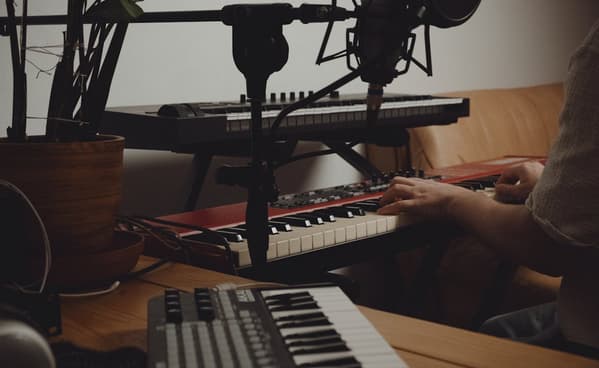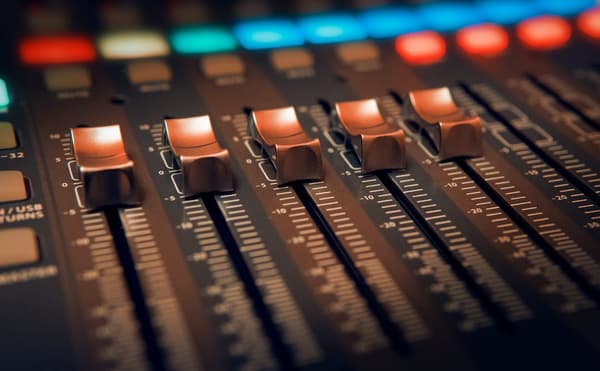Music in movies is more than just background noise; it’s a fundamental storytelling tool that enhances emotions, creates atmosphere, and helps define a film’s identity. Whether it’s an original score composed specifically for a movie or a curated playlist of existing songs, music shapes how audiences experience a story. From the haunting violins in Psycho to the epic orchestral sounds of Star Wars, music is an integral part of the cinematic world.
Recently, Emma Watson news has been making headlines with her return to creative projects, including directing and expanding her artistic vision beyond acting. Watson, known for her roles in films with powerful musical elements, such as Beauty and the Beast, has contributed to projects where soundtracks played a significant role in shaping the film’s impact. Her journey reflects how music can define an actor’s experience in film, just as it defines the experience of audiences worldwide.
In this article, we explore the role of music in movies, from its emotional impact to its evolution in modern cinema. We will also touch on how actors like Emma Watson have been involved in musical storytelling, reinforcing the lasting power of music in film.
The Emotional Impact of Film Music
Music as an Emotional Anchor
One of the most significant roles of music in movies is its ability to evoke emotions. A well-crafted score can bring an audience to tears, intensify suspense, or create a sense of nostalgia. Imagine Titanic without My Heart Will Go On—the romance would feel incomplete. Music bridges the emotional gap between characters and audiences, making film experiences more immersive.
Filmmakers and composers use different musical techniques to create emotional depth. Soft piano melodies often accompany emotional, intimate scenes, while fast-paced, intense orchestration heightens action sequences. The right soundtrack can turn a simple moment into a powerful cinematic experience.
In Beauty and the Beast, Emma Watson’s performance was not only about acting but also about bringing her character to life through song. As Belle, she sang several iconic tracks, including “Belle” and “Something There,” showcasing how music enhances a film’s storytelling. Watson’s involvement in such a musically driven film highlights how actors can bring stories to life through both voice and emotion.
Iconic Film Scores and Their Lasting Impact
Some of the most recognizable movies are defined by their scores. John Williams’ compositions for Jaws, Jurassic Park, Harry Potter, and Indiana Jones are instantly recognizable. These scores do more than just accompany the visuals—they create unforgettable cinematic moments.
Hans Zimmer’s work in Inception and Interstellar proves how music can shape perception. The ticking clock sounds in Dunkirk create tension, while the grand organ tones in Interstellar elevate the film’s themes of time and space. The integration of these compositions makes the audience feel the urgency and emotion of the film.
How Film Music Has Evolved Over Time
From Silent Films to Blockbuster Soundtracks
During the silent film era, live orchestras or pianos accompanied screenings, providing emotion and rhythm to scenes. As synchronized sound technology emerged, composers began writing dedicated film scores, leading to iconic early Hollywood compositions.
By the mid-20th century, composers such as Ennio Morricone (The Good, the Bad and the Ugly) and Bernard Herrmann (Psycho) created experimental and innovative scores that elevated storytelling. As movies expanded their artistic scope, so did their music.
In modern cinema, soundtracks play an even bigger role. Some films, like Guardians of the Galaxy, use popular songs to define their tone and characters. The Guardians soundtrack, packed with 70s and 80s hits, became just as iconic as the film itself.
Emma Watson has also worked on films where music played a crucial role. In The Perks of Being a Wallflower, the soundtrack heavily influenced the film’s emotional depth, featuring tracks like Heroes by David Bowie. The use of music helped define the characters’ experiences and relationships, showing how modern films rely on carefully selected tracks to tell a story.

The Rise of Pop and Classical Fusion in Film Music
Film scores have evolved beyond orchestral compositions. Many modern soundtracks blend classical instruments with electronic beats, pop music, or experimental sounds. Ludwig Göransson’s Black Panther score, for example, integrates African percussion and traditional instruments with modern production, creating an innovative sound.
Similarly, Dune (2021) took an experimental approach, using throat singing, electronic distortions, and orchestral arrangements to immerse audiences in its sci-fi universe. These new techniques push the boundaries of what film music can be, blending old traditions with new sounds.
This fusion is evident in La La Land, a film that combines classic Hollywood musical elements with contemporary jazz. Watson’s performance in Beauty and the Beast aligns with this trend, blending traditional Disney orchestration with modern vocal stylings. Her ability to transition between acting and singing illustrates how music in films continues to evolve and influence storytelling.
Emma Watson’s Connection to Music in Cinema
A Career Shaped by Iconic Film Scores
Emma Watson’s career is deeply tied to memorable film music. From the magical Harry Potter scores by John Williams to her starring role in Beauty and the Beast, music has played a crucial role in defining her filmography.
Recently, Emma Watson news has revealed her return to artistic projects, including directing and exploring new creative ventures. With her background in musically driven films, Watson’s future projects could see her expanding further into film and music integration. Whether through directing, acting, or producing, her involvement in storytelling is bound to continue shaping the cinematic landscape.
How Music Enhances Character Development
Actors like Watson benefit from powerful film scores that shape their performances. Music guides an actor’s delivery, setting the pace and emotional tone of their scenes. In Harry Potter, the whimsical yet dramatic music accompanied Watson’s portrayal of Hermione Granger, reinforcing her character’s intelligence and determination.
In Beauty and the Beast, the musical numbers allowed Watson to showcase her emotional range through song. Her ability to seamlessly blend acting with music demonstrates how integral soundtracks are in shaping a film’s final impact.
Conclusion
Music in movies is an essential storytelling tool, shaping emotions, defining characters, and creating unforgettable moments. From the orchestral masterpieces of John Williams to the modern soundscapes of Dune, film music continues to evolve while remaining a cornerstone of cinema.
Actors like Emma Watson have embraced the power of music in film, with roles in projects where soundtracks play a significant role. As Emma Watson news highlights her continued artistic journey, it’s clear that music and storytelling will remain central to her career.
Ultimately, film music is more than just an auditory experience—it’s the heart of storytelling. Whether through an epic orchestral score, a nostalgic soundtrack, or a song that defines a character, music in movies will continue to leave a lasting impact on audiences for generations to come.

